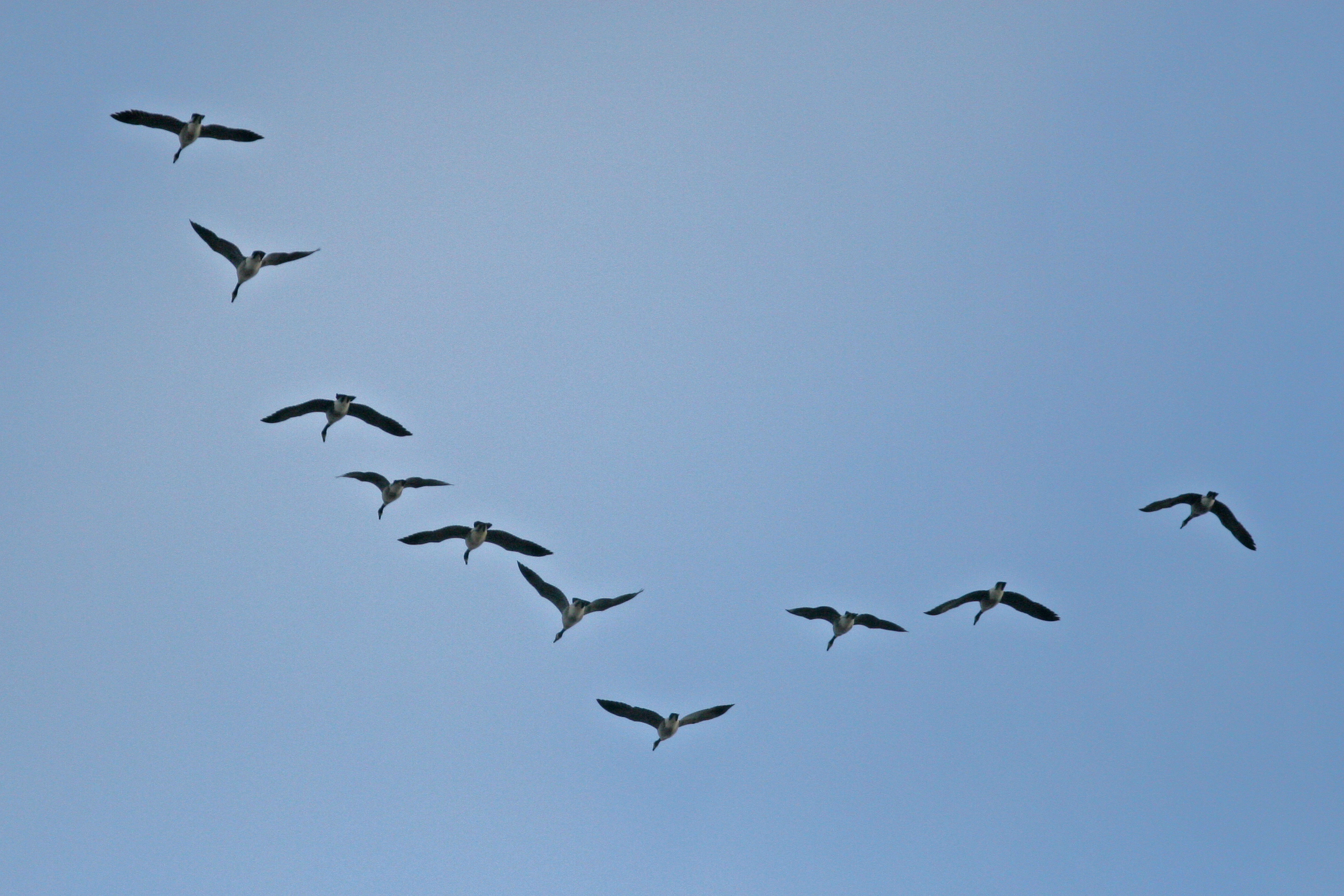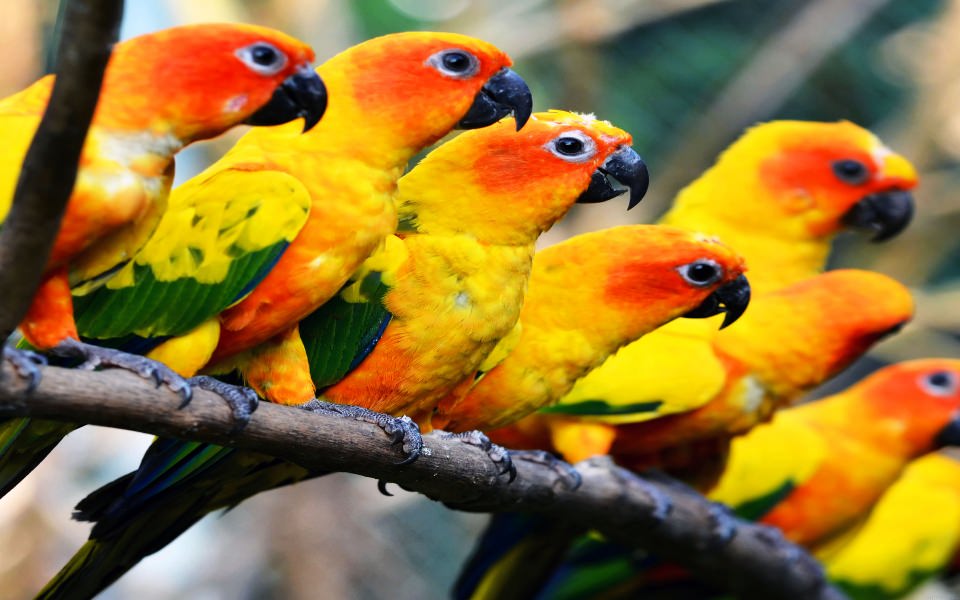

Instead, scientists believe movements are coordinated by starlings observing what others around them are doing. Murmurations have no leader and follow no plan. How do starlings coordinate their behavior? That observation suggests that murmurations do form to help protect the birds from predators - but it's also possible a huge murmuration would be what attracted a hawk, for instance, in the first place. A third of them saw a raptor attack the murmuration. Over 3,000 citizen scientist volunteers reported spotting murmurations in a recent study. It also must be careful not to collide with the flock and get hurt. A falcon or hawk can get confused and distracted by tricky wave patterns in the murmuration's movements. 'Murmuration' by Sophie Windsor Clive & Liberty Smith.Īnd a gigantic mass of whirling, swirling birds can make it hard to focus on a single target.

Of course, the more birds in a flock, the more eyes and ears to detect the predator before it's too late.

Scientists call this the selfish herd effect. Predators are more likely to catch the nearest prey, so the swirling of a murmuration could happen as individual birds try to move toward the safer middle of the crowd. This dilution effect might be part of the reason murmurations happen: The more starlings in the flock, the lower the risk to any one bird of being the one that gets snagged by a predator. It might also reduce the chance an individual bird would be eaten overnight by a predator such as an owl or marten. One theory is that spending the night together keeps the starlings warmer as they share their body heat. Scientists think a murmuration is a visual invitation to attract other starlings to join a group night roost. Unlike the V formations of migrating geese, murmurations provide no aerodynamic advantage. After maybe 45 minutes of this spectacular aerial display, the birds all at once drop down into their roost for the night. Murmurations form about an hour before sunset in fall, winter and early spring, when the birds are near where they'll sleep. 'Flight of the Starlings' by Jan van IJken was shot in the Netherlands the audio lets you hear how a murmuration gets its name. This special kind of flock is named for the sound of a low murmur it makes from thousands of wingbeats and soft flight calls. The European or common starling, like many birds, forms groups called flocks when foraging for food or migrating. A murmuration can move fast - starlings fly up to 50 miles per hour (80 kilometers per hour). They look like swirling blobs, making teardrops, figure eights, columns and other shapes. Murmurations constantly change direction, flying up a few hundred meters, then zooming down to almost crash to the ground. The flock splits apart and fuses together again. As many as 750,000 birds join together in flight. If you have a question you'd like an expert to answer, send it to do flocks of birds swoop and swirl together in the sky? - Artie W., age 9, Astoria, New YorkĪ shape-shifting flock of thousands of starlings, called a murmuration, is amazing to see.
#Flocks of birds series
mikedabell/iStock via Getty ImagesĬurious Kids is a series for children of all ages. Murmurations can have as many as 750,000 birds flying in unison.


 0 kommentar(er)
0 kommentar(er)
